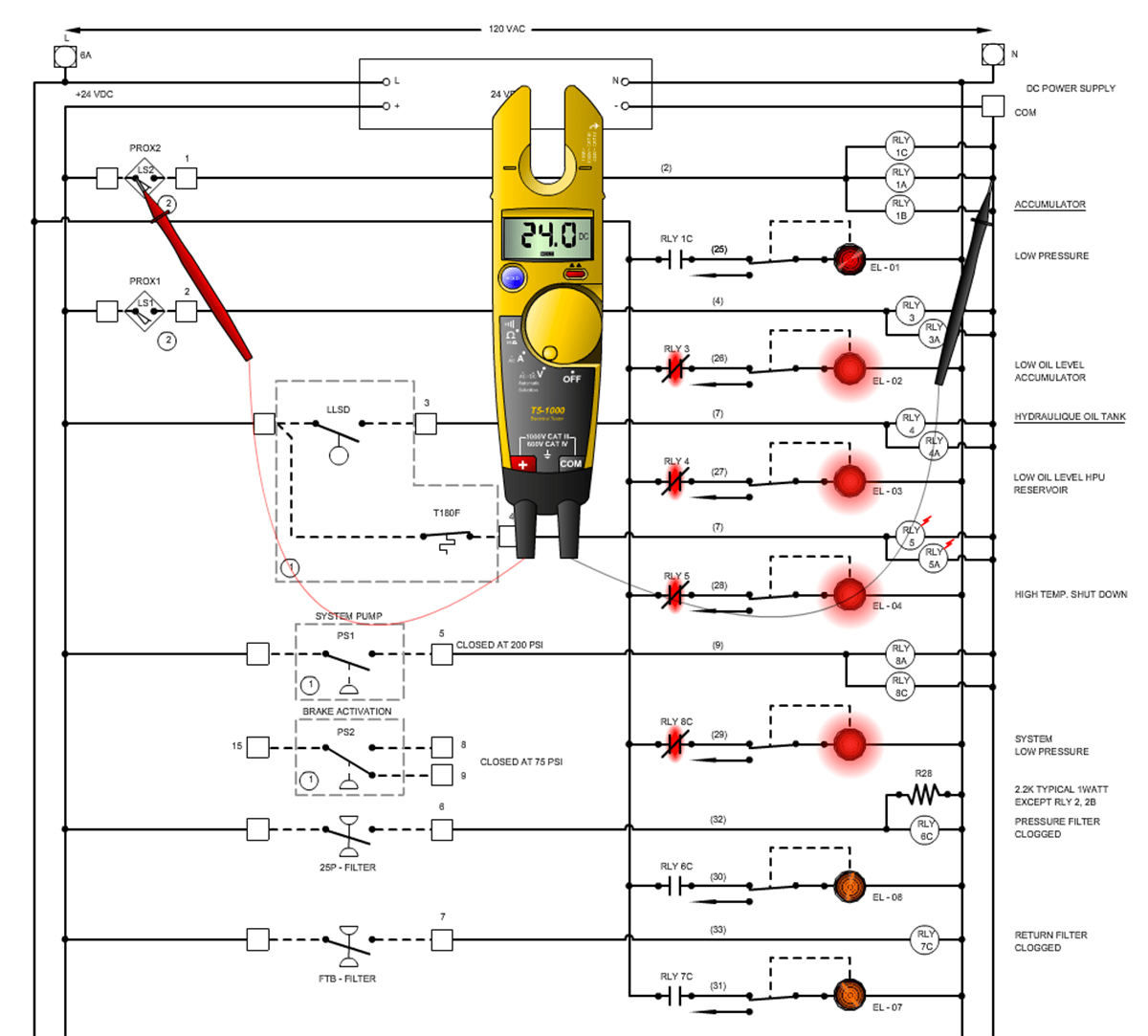Customized mechanical engineering industry support for your modern challenges.
Customized mechanical engineering industry support for your modern challenges.
Blog Article
Top Tips for Effective Electrical System Troubleshooting
Repairing electrical systems calls for a systematic strategy, grounded in an extensive understanding of electrical concepts and safety and security methods. The subtleties of effective troubleshooting extend beyond plain technological expertise; recognizing just how to record searchings for and focus on safety and security can considerably influence outcomes.
Understand the Basics
Understanding the basics of electrical systems is vital for reliable troubleshooting, as a strong foundation permits professionals to detect and resolve problems extra successfully. An extensive understanding of electric concepts, such as voltage, existing, resistance, and power, is essential in determining the source of troubles. Voltage is the electrical potential distinction that drives present through a circuit, while resistance opposes the circulation of present, impacting the general functionality of the system.
Experience with circuit elements, consisting of resistors, capacitors, diodes, and switches, is also extremely important. Each element plays a distinctive function in circuit habits and can influence performance when malfunctioning. In addition, comprehending collection and parallel circuit arrangements is important, as these setups influence the distribution of voltage and existing within the system.
Furthermore, understanding of security methods is crucial. Technicians have to be conscious of potential threats, such as shock and short circuits, to carry out safe troubleshooting methods. By understanding these foundational ideas, professionals enhance their capacity to conduct effective diagnostics and repair services, ultimately resulting in enhanced efficiency and reliability of electrical systems. This foundational expertise is the keystone of successful fixing ventures.
Gather Necessary Tools
Effective troubleshooting of electrical systems needs the right collection of tools to identify and fix issues accurately. Essential devices include a multimeter, which measures voltage, present, and resistance, allowing for specific examinations of electrical parts.
Furthermore, insulated hand devices such as screwdrivers, pliers, and cable strippers are crucial for safely manipulating electric connections. It is likewise suggested to have a circuit tester on hand to confirm the presence of voltage in electrical outlets and wires. For even more facility systems, a thermal imaging camera can aid spot overheating parts, suggesting possible failures.

Comply With a Methodical Strategy
Having gathered the suitable tools, the next action in fixing electrical systems is to follow a methodical method. A methodical method makes sure that professionals can recognize mistakes successfully and properly, lessening downtime and protecting against unnecessary fixings.
Begin by reviewing the system's schematic layouts and specifications. This involves monitoring each element systematically, beginning his explanation from the power source and functioning in the direction of the tons.
Make use of testing tools, such as multimeters and oscilloscopes, to collect objective information regarding voltage, current, and resistance at various factors within the system. This empirical evidence will assist your troubleshooting efforts and aid to verify or eliminate potential reasons of failing.
In addition, take into consideration ecological factors that might influence the system's efficiency, such as temperature fluctuations or dampness ingress. A detailed inspection of circuitry, connections, and parts will guarantee that all possibilities are represented.
Document Your Findings
Comprehensive paperwork is crucial in the troubleshooting process of electrical systems. This method not just help in recognizing the origin cause of the problem however additionally offers as a referral for future repairing initiatives.

Additionally, maintaining a log of components replaced or repair services executed is very useful. This details sustains inventory monitoring and can aid evaluate the longevity and dependability of particular parts.
Eventually, the paperwork procedure must be extensive yet concise, making it possible for easy access and evaluation - electrical system troubleshooting. By prioritizing thorough paperwork, specialists can create a useful data base that not only aids in existing troubleshooting however additionally equips future upkeep efforts, therefore improving total system reliability

Prioritize Security Actions
Identifying the fundamental threats related to electric systems is essential for making certain safety throughout troubleshooting. Electric shock, visit this website burns, and devices damage are simply a few of the possible risks that professionals face. Prioritizing safety and security measures is not only a lawful obligation however additionally a moral crucial that safeguards both the technician and the surrounding atmosphere.
Prior to starting any troubleshooting task, service technicians should don suitable personal protective tools (PPE), consisting of protected handwear covers, shatterproof glass, and flame-resistant apparel. Guaranteeing that the job location is completely dry and without mess can substantially minimize the risk of mishaps. Moreover, it is crucial to de-energize circuits prior to starting any kind of job, verifying that they are not live through making use of a multimeter or voltage tester.
Establishing clear communication protocols with team members is additionally essential; this makes certain that every person understands prospective threats and the status of the electric system being worked with. Having an emergency situation action plan in place can confirm very useful in the occasion of an occurrence. By focusing on precaution, Check Out Your URL service technicians can efficiently mitigate dangers and foster a more secure work environment.
Final Thought
Effective electric system fixing depends on a comprehensive understanding of essential principles and a systematic method. By gathering vital tools, sticking to methodical evaluation methods, and carefully recording findings, the repairing process becomes a lot more effective and reputable. Prioritizing safety measures guarantees the wellness of individuals involved and the stability of the electric system. Executing these techniques will enhance the repairing experience, bring about quicker resolutions and enhanced operational efficiency in electric systems.
Report this page